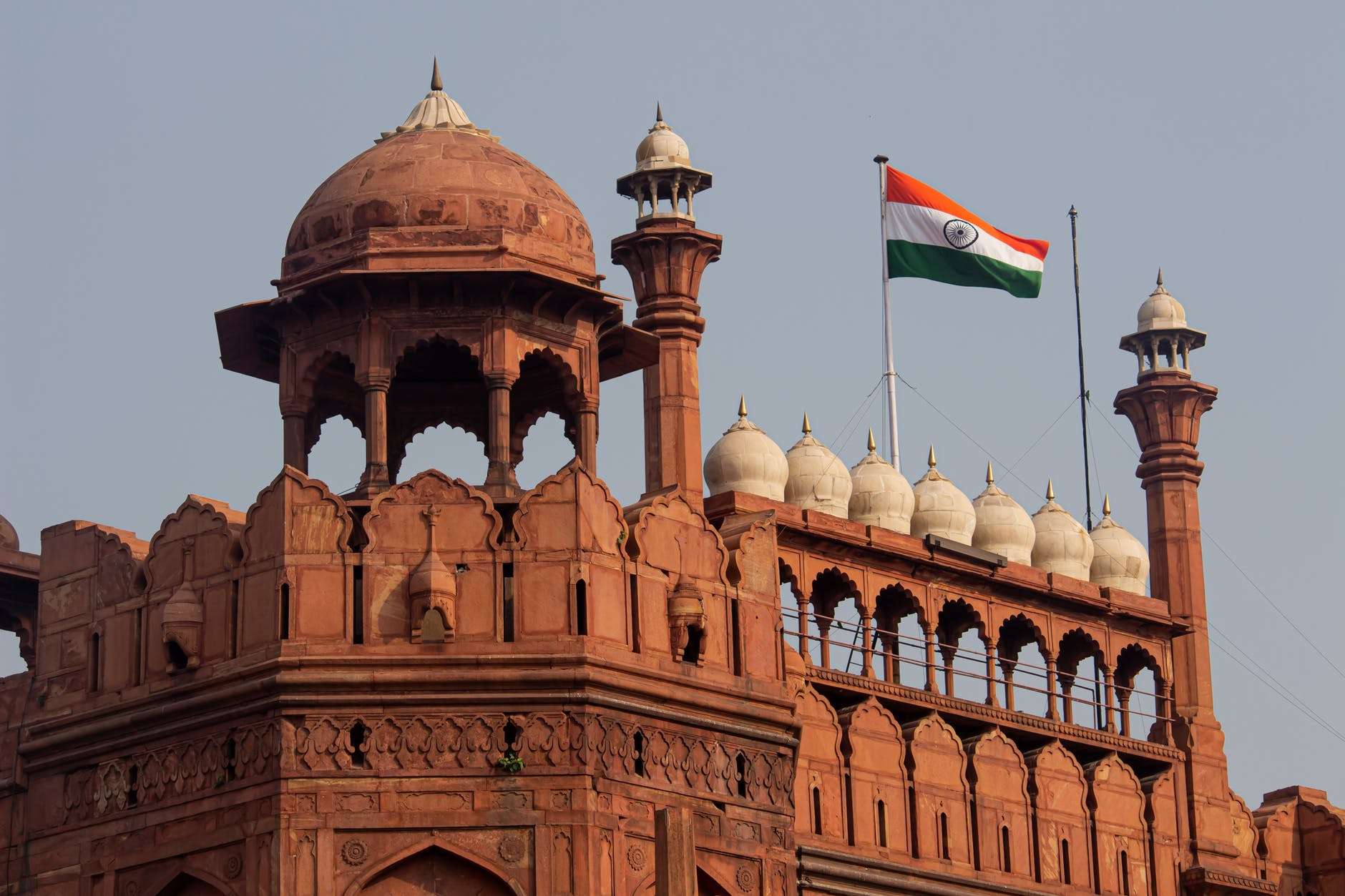Cultural Sociology in India
The study of culture has become central to the discipline of sociology in the last half a century or so, known as cultural sociology. This has been a relatively recent development because of the disciplinary hierarchy that has existed between sociology and social anthropology. It is mostly the social anthropologists who had been involved in studying culture in the West.
In India, however, this has not been the case as the boundaries between the two disciplines are much less blurred. Therefore, sociologists in India have been studying culture since the field was institutionally established in the country. For instance, early Indian sociologists like D. P. Mukerji, Radhakamal Mukerjee and G. S. Ghurye looked at the cultural question in the 1940s and 1950s. In fact, Indian sociology has been critiqued for being more ‘cultural’ than ‘sociological’ (Thakur 2017). Thus, the so-called ‘cultural turn’ has been part and parcel of Indian Sociology since its inception.
Explaining Culture
Culture is one of the most complex and broad things to not only understand but also explain (Williams in Guins and Cruz 2005). It has multiple meanings and even ‘levels’ – high culture versus popular culture (Williams 1960). Culture is also produced both inter-subjectively and interactively and is public in character. It is a source of identity, social exchange and communication as well (Stevenson 2002). The word culture becomes even more complicated to comprehend in a diverse country like India.
There is nothing that can be called ‘Indian’ culture per se. It is a diverse geographical country with every region having its own language, food, clothes, traditions, that is, in other words, culture. It is also important to remember that culturally some people are valued more than others. For instance, there are hierarchies based on caste and gender, and members of upper castes and males are culturally and socially ranked higher and valued more in Indian society. As such, knowledge and application of cultural sociology can help one to understand the relationship between individual and society better.
Application of Cultural Sociology and the Idea of Merit
One of the arenas where cultural sociology can be applied is in policymaking. Traditionally, economists have played a central role in creating policies in India. But it is time we realise that policies should be rooted in the cultural context of the society that they are implemented. I will be taking the example of the policy of affirmative action to highlight how knowledge of cultural sociology can help us in understanding certain taken for granted ideas.
One of these taken for granted ideas is the notion of merit. After the Indian economy was liberalised in the 1990s, there has been a systematic push towards privatisation. In the last three decades, India has become a lucrative market for multinational private companies. Most of these private companies emphasise on the value of merit in both recruitment and promotion.
However, this notion of merit is not abstract. In an unequal society like India, it is mostly upper-caste and upper-class men who benefit from this idea of merit. Merit cannot be seen in isolation from the unequal societal structure that exists, mainly based on caste, class, ethnicity, gender and religion.
Cultural Sociology and Institutions of India
Most public institutions like colleges and universities in India, therefore follow the policy of affirmative action, commonly known as ‘reservation’. Under this policy, a certain number of seats and jobs are reserved for people coming from historically marginalised communities like the lower castes (Scheduled Castes (SCs) and tribes (Scheduled Tribes (STs). While it is not enough, but this policy at least ensures that some members from these communities are able to study and work in public institutions that are otherwise dominated by the upper castes.
This policy of reservation takes into account the historical injustice and discrimination that these communities have faced. However, it is not applicable to private institutions.
Multinational Companies, Corporates and Media Industry
Therefore, it is not surprising that India has one of the lowest rates of female labour force participation rates in the world. A majority of Indian women also work in the informal sector. Only a meagre number of women join the corporate sector, and this number is even lower in the upper management levels. Similarly, let us look at the available data on the positions that members from lower castes occupy in the media industry. Most leadership positions are dominated by members of upper castes (especially males) in the media industry. Other private companies are also reluctant to employ Dalits.
Thus, the private sector is heavily upper caste, class and male-dominated. It is in this context that the knowledge of cultural sociology can be helpful. It tells us that its socio-cultural values shape the relationship between an individual and society. Therefore, one can make sense of the fact why upper caste and class men are dominating the powerful positions in the private sector. It is because they are valued more in the society and hence have the best possible access to educational opportunities, and therefore, merit.
The knowledge and application of cultural sociology contextualises this notion of merit within the social structure. Therefore, the presence of cultural sociologists in policymaking can prove to help keep in mind the role that culture and social structure play in shaping an individual’s life. It helps in questioning the commonsensical idea of merit and how polices can be made that are more inclusive.
Conclusion:
Thus, the application of cultural sociology recognises that one cannot understand social phenomena without recognising the socio-cultural structure in which it is situated. It also encourages interdisciplinary connectedness and questions taken for granted ideas and notions.
References
1. Williams, Raymond. (1960). Culture and Society: 1780-1950. Columbia University Press.
2. Thakur M. (2017). Cultural Sociology in India in Moebius S., Nungesser F., Scherke K. (eds) Handbuch Kultursoziologie. Springer Reference Sozialwissenschaften. Springer VS, Wiesbaden. https://doi.org/10.1007/978-3-658-08000-6_18-1.
3. Guins, Raiford and Omayra Zaragoza Cruz. (2005). Popular Culture: A Reader. Calif: Sage Publications.
4. Stevenson, Nick. (2002). Understanding Media Cultures: Social Theory and Mass Communication. Second Edition. New Delhi: Sage Publications Ltd.







